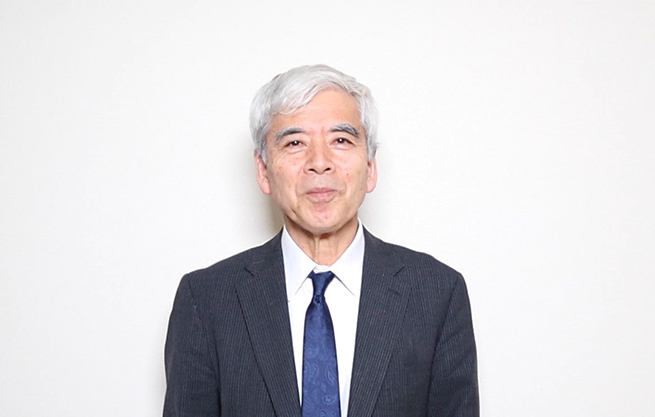"Gone are the days when you could manage a company as long as you manage QCD well," says Mr. Kakiuchi. The story of Parts Seiko, Mr. Kakiuchi’s long term client, is a valuable subject within the newly published book Strategic KAIZEN™ written by Masaaki Imai, founder of Kaizen Institute. Mr. Kakiuchi and Mr. Imai worked closely together in the 90’s to help companies in the United States and Europe while providing training for local consultants. This was shortly after the KAIZEN™ methodology was introduced as a secret of Japan’s competitive success. Today, KAIZEN™ remains as relative and powerful to increase competitiveness for companies globally. In this final article of a five-part series, Mr. Kakiuchi shares his suggestions on how to adapt alongside the changes in business with Risa I. Cox, Managing Director of Kaizen Global Enterprises.
In these changing business environments, what should companies focus on to succeed?
The period when the Japanese economy was growing rapidly was called "Product Out", meaning you can sell if you make them. It was a period when good quality products were made through gemba programs such as QC circles. But with product diversification over the years, it became difficult to predict what you could sell. That’s when Toyota Production System (TPS) was developed. They were able to deliver what the customer wanted just in time without a computer during this growing period.
During the Product Out period, people who played key roles were people in gemba who were capable of doing KAIZEN™ and managers who could implement TPS. The president was not among them. Gone are the days when you could manage a company as long as you manage QCD (Quality, Cost, Delivery) well. Even if you understand TPS, you still can not sell, and even if you can sell, the profit is not good. That is today’s Japan. In the past, quality products were sold well, so you just needed to improve quality. But now, good quality is a matter of course, the default. Then what is the next target?
Mr. Yukio Kakiuchi
Markets are not necessarily buying quality products anymore. Good quality is not enough. You have to think about how you can please the market, how you can make products that surprise the market. They don’t necessarily have to be products, they can be services. You have to find out what the needs of the customers are. Is it short Lead Time? Unbroken products? While finding out what is needed, we should all work together to fulfil those needs instead of relying on professionals. Our jobs are in fact increasing. The time when all you have to do is to manage GEMBAKAIZEN™ and improve QCD is certainly over.
"Good quality is not enough."
Do you have any good examples to share?
Our generation is not very good with digitalization. For example, one soy sauce company is making "the white soy sauce" which is very unique. The company was confident it would be sold well as it presents a high-class feeling. However, when it came to the website, the product was poorly advertised. So, I suggested to listen to young people. I found two talented young ladies and asked their opinion. They agreed that the advertisement did not deserve the quality product. They also said that they could not mention it in front of the president. But they took photos of the recipe using this new product for the purpose of Instagram on their own initiative and developed the online order system and QR code application. They have a more diversified team, and it shows how total optimization and everybody’s involvement are business relevant.
What is your biggest expectation from the top and what is the most important instruction you would provide?
The president is a person who can decide everything after all. Even if I insist to listen to everybody, the final decision is always made by the president. What I expect from the top is a demonstration of leadership to show the right direction based on employees’ understanding and capability to get things done, and to speak with data. Then people can place their trust in the president.
Interested in reading the other parts of the interview with Mr. Kakiuchi? Click here to read the first four blog posts of this series:













